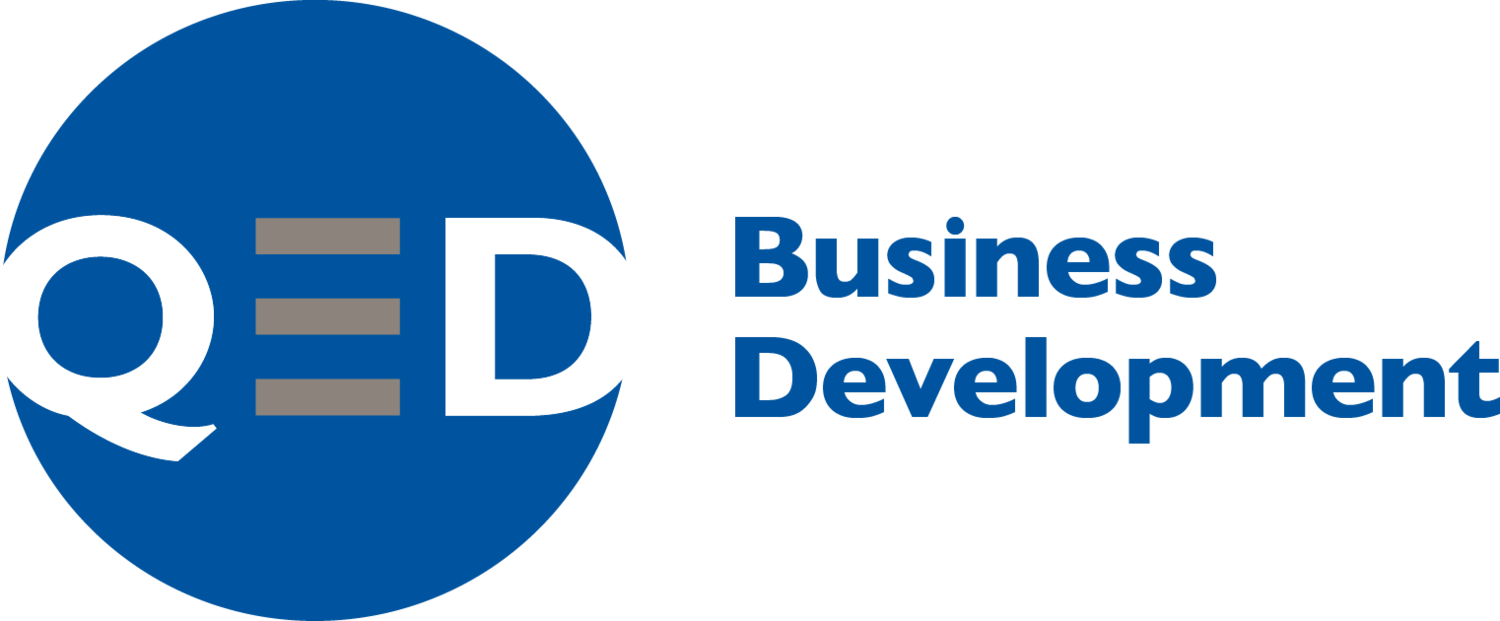I have recently been asked to provide a professional training video for a firm's in-house legal clients. If you have a few minutes here’s a link (http://gttv.gtlaw.com.au) and look under ‘Practice Management’ for ‘The Ripple Effect’. The premise of the piece is that in-house legal counsel are forever spreading their limited resources across an almost unlimited number of risks in their business.
To do so, they make choices every day. Which risk requires my attention right now? Which risk can I accept and just monitor? Which future risk can I mitigate with action today? Which risk/s am I not aware of across the business (e.g., regulatory non-compliance, overseas sales ‘incentives’ to third parties, etc.)? What do I need to do about it?
And then, for those of you reading this that are in business development mode, you hope they come to you for advice, right?
At this point who is your biggest competitor?
IT’S NOT ANOTHER PROFESSIONAL SERVICES FIRM! It’s the in-house decision making process.
First and foremost, it may be a deliberate decision to NOT deal with it because the risk is considered too small to worry about. Secondly, it may be a decision to deal with it internally with in-house resources, because they have the capability and capacity to address it. And thirdly, if the client passes through the first two decision points, your next problem may be the client handing it directly to your competitor firm, ‘because they helped last time’.
So if you are focusing on competition from your competitors as the major source of your lack of 'food', think again. If you think in food chain terms, you may be fighting over the same carcass (or 'matter' in more civilised terms). Your clients are looking at the entire herd of skittish impalas by the waterhole as their domain!
Your clients have extremely difficult jobs to provide technical services in-house to management teams that may/may not have a strong governance culture. Your clients may have few resources in THEIR teams to mitigate and monitor the risks in their businesses. And your clients may not have the technical breadth required to manage all those risks.
So what should you do?
Have a conversation with your clients about their range of commercial challenges in the short, medium and longer term. Help them visualize the sweep of risks in their business, drawing on your industry knowledge. Help them prioritise the risks in a meaningful but simple way (perhaps using a tool like the one in my video, above). And then offer your help in a considered fashion, on the risks your client deems important enough to do something about, with external support.
Too many firms struggle to live up to their marketing of ‘putting the client first’. If you act in the manner I’ve described here, though, you’ll actually be practicing it and focusing on how to help those at the top of your food chain.

